- About us
- Support the Gallery
- Venue hire
- Publications
- Research library
- Organisation chart
- Employment
- Contact us
- Make a booking
- Onsite programs
- Online programs
- School visit information
- Learning resources
- Little Darlings
- Professional learning
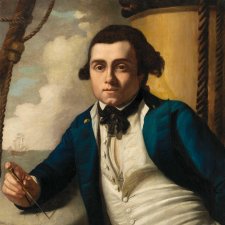
The life of William Bligh offers up a handful of the most remarkable episodes in the history of Britain’s eighteenth and early nineteenth-century maritime empire.
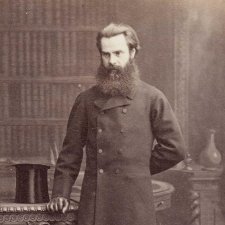
Desperately seeking Woolner medallions
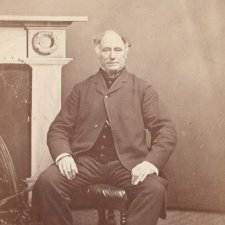
To celebrate his family bicentenary, Malcolm Robertson looks at the portraiture legacy left by his ancestors.
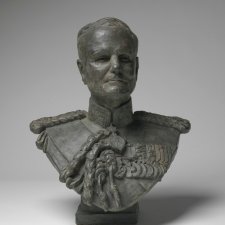
Just now we pause to mark the centenary of ANZAC, the day when, together with British, other imperial and allied forces, the Australian and New Zealand Army Corps landed at Gallipoli at the start of the ill-starred Dardanelles campaign.
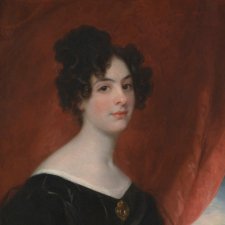
When did notions of very fine and very like become separate qualities of a portrait? And what happens to 'very like' in the age of photographic portraiture?
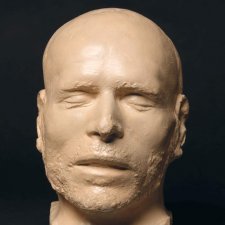
From infamous bushranger to oyster shop display, curator Jo Gilmour explores the life of George Melville.
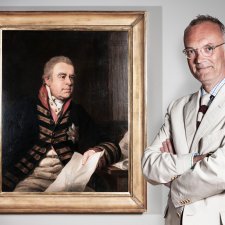
Portraits can render honour to remarkable men and women, but there are other ways.
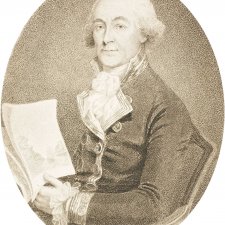
I have been reading systematically through the ads in the earliest issues of the Sydney Gazette and New South Wales Advertiser, such a rich vein of information about certain aspects of daily life in Regency Sydney.
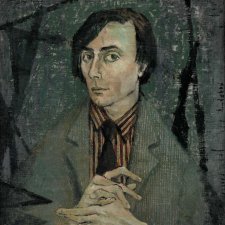
In their own words lead researcher Louise Maher on the novel project that lets the Gallery’s portraits speak for themselves.
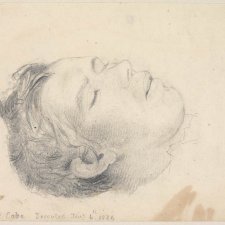
James McCabe provides proof that hanging wasn’t necessarily a fate reserved for the perpetrators of murder and other deeds of darkest hue.
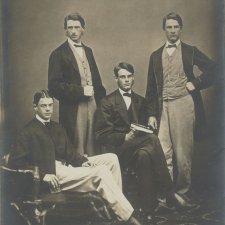
Bushranger Ben Hall and his cronies held around 40 people hostage in a pub north-west of Goulburn, telling their captives ‘don’t be alarmed; we only came here for a bit of fun’.
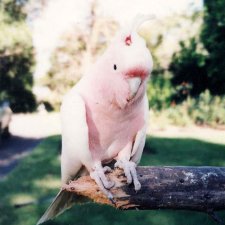
The long life and few words of a vice-regal cockatoo
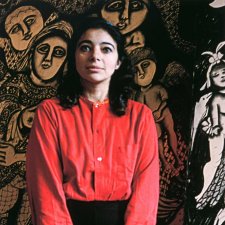
Faith Stellmaker shares pioneering artist and restaurateur Mirka Mora’s lasting legacy on Melbourne’s art, dining and culture.
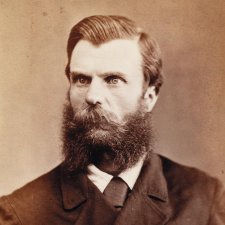
Just after 10.00 o'clock on 3 December 1879, four prisoners were brought from their cells at Darlinghurst Gaol and placed in the dock of a courtroom heaving with agitated spectators
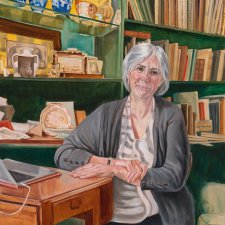
Inga Walton sheds light on a portraiture collection usually only seen by students and teachers at Melbourne University.
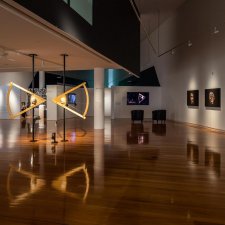
Penelope Grist explores the interplay between medicine and portraiture in Vic McEwan’s Face to Face: The New Normal.
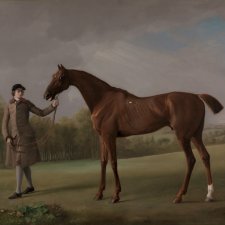
One of the chief aims of George Stubbs, 1724–1806, the late Judy Egerton’s great 1984–85 exhibition at the Tate Gallery was to provide an eloquent rebuttal to Josiah Wedgwood’s famous remark of 1780: “Noboby suspects Mr Stubs [sic] of painting anything but horses & lions, or dogs & tigers.”
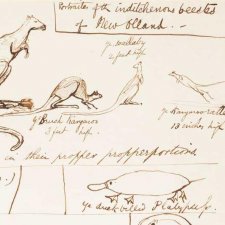
A remarkable undated drawing by Edward Lear (1812–88) blends natural history and whimsy.
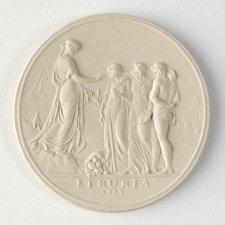
In recent years I have become fascinated by the so-called Sydney Cove Medallion (1789), a work of art that bridges the 10,000-mile gap between the newly established penal settlement at Port Jackson and the beating heart of Enlightenment England.
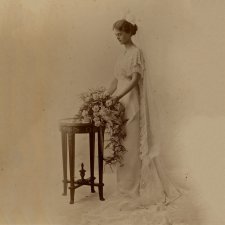
Where do we draw a line between the personal and the historical? Although she died in Melbourne in 1975, when I was not quite eleven years old, I have the vividest memories of my maternal grandmother Helen Borthwick.
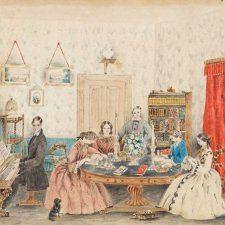
At first glance, this small watercolour group portrait of her two sons and four daughters by Maria Caroline Brownrigg (d. 1880) may seem prosaic, even hesitant
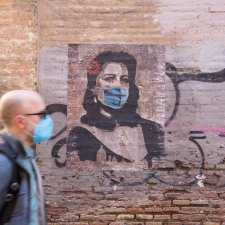
Corinna Cullen on the symbolic power of pandemic-related imagery over the ages.
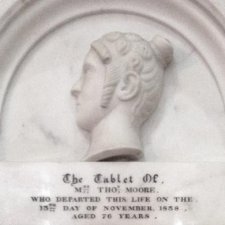
Beyond the centenary of the ANZAC landings at Gallipoli, a number of other notable anniversaries converge this year. Waterloo deserves a little focussed consideration, for in the decades following 1815 numerous Waterloo and Peninsular War veterans came to Australia.
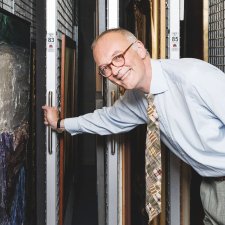
This is my last Trumbology before, in a little more than a week from now, I pass to my successor Karen Quinlan the precious baton of the Directorship of the National Portrait Gallery.
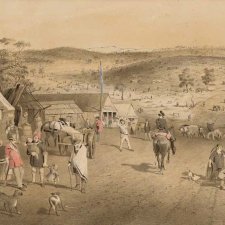
Some years ago my colleague Andrea Wolk Rager and I spent several days in the darkened basement of a Rothschild Bank, inspecting every one of the nearly 700 autochromes created immediately before World War I by the youthful Lionel de Rothschild.